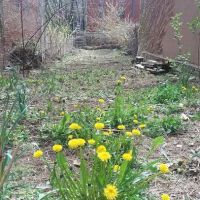Ida B Wells Wildflower Garden Introduce
Nestled in the vibrant heart of Harlem, the Ida B. Wells Wildflower Garden stands as a testament to community spirit and natural beauty in New York City. For locals seeking a serene escape from the urban bustle, this garden offers a tranquil haven, a splash of vibrant color, and a vital connection to nature. More than just a pretty face, the Ida B. Wells Wildflower Garden is a community-driven initiative, fostering a love for native flora and providing a much-needed green space for residents and visitors alike. It's a place where the concrete jungle gives way to blossoming life, offering a unique blend of natural education and peaceful contemplation. This dedicated space aims to cultivate not only wildflowers but also a sense of belonging and environmental stewardship within the Harlem community. Its presence enriches the neighborhood, contributing to the overall well-being and quality of life for those who call New York home. While information regarding the garden's daily operations can sometimes be dynamic, its core purpose remains clear: to provide a beautiful and accessible natural amenity for all.
The garden’s name honors Ida B. Wells-Barnett, a pioneering African American journalist, suffragist, and civil rights activist. Her legacy of fighting for justice and equality is echoed in the garden's commitment to community and accessibility, creating a space that is welcoming to everyone. This dedication to a welcoming and inclusive environment is a cornerstone of the garden’s mission, making it a truly special place in the city. Visitors will find that this garden is more than just a collection of plants; it is a living tribute to a remarkable woman and a thriving example of how urban spaces can be transformed into vibrant, shared resources.
The Ida B. Wells Wildflower Garden is conveniently located at 240 W 123rd St, New York, NY 10027, USA. This address places it squarely within the historic and culturally rich neighborhood of Harlem, making it easily accessible for many New Yorkers. The garden’s central location means it's often a short walk or quick public transport ride away for those living in the surrounding areas.
For those traveling by public transportation, several MTA subway lines and bus routes serve the Harlem area, providing multiple options for reaching the garden. Specific routes may vary, but generally, the A, B, C, and D subway lines have stations within reasonable proximity, as do various local bus services. It's always a good idea to check the MTA website or a mapping application for the most up-to-date transit information when planning your visit.
Regarding accessibility for individuals with varying needs, there is a known emphasis within community gardens and green spaces in New York City on creating inclusive environments. While specific, detailed accessibility features for the Ida B. Wells Wildflower Garden are not extensively detailed in general public information, discussions around community gardens in NYC frequently highlight efforts towards ADA compliance, such as raised garden beds for wheelchair users or those unable to bend down, and improved pathways. It is always recommended to contact the garden directly or consult their official channels for the most precise and current information on accessibility accommodations, especially if you have specific requirements. Despite one review mentioning the area was closed during their visit, it's typical for community gardens to have specific open hours that are subject to change, so verifying before your trip is advisable.
While the Ida B. Wells Wildflower Garden is primarily a natural public space, it implicitly "offers" a range of benefits and experiences to the community. These are not services in the commercial sense, but rather intrinsic offerings of a well-maintained and community-focused green space:
- PNative Wildflower Preservation and Display: The core offering is the cultivation and display of native wildflowers, contributing to local biodiversity and providing a beautiful, natural environment for observation and appreciation. This helps support local ecosystems and educate visitors about the importance of native plant species.
- PCommunity Green Space: It serves as a vital green lung in an urban environment, providing a peaceful retreat for relaxation, meditation, and informal gatherings. Access to green spaces has been widely linked to improved mental and physical well-being.
- PEducational Opportunities: While not a formal institution, the garden inherently offers informal educational opportunities about local ecology, botany, and the importance of urban green spaces. Visitors can learn about different plant species and the principles of sustainable gardening.
- PHorticultural Inspiration: For aspiring gardeners or those looking to bring a touch of nature to their own homes, the garden can serve as a source of inspiration for plant choices and garden design, particularly for native and low-maintenance flora.
- PCommunity Engagement and Volunteering (Implied): As a community garden, it likely provides opportunities for local residents to get involved in the care and maintenance of the space, fostering a sense of ownership and collective responsibility. This can include planting days, weeding sessions, and other community events.
- PPhoto Opportunities: The beauty of the wildflowers and the serene setting make it an ideal spot for photography, whether for personal enjoyment or artistic expression.
The Ida B. Wells Wildflower Garden, though perhaps smaller than some of New York's grander botanical institutions, possesses unique features and highlights that make it a cherished local spot:
- PNative Wildflower Diversity: A primary highlight is its focus on cultivating and showcasing a diverse array of native wildflowers. This provides a vibrant display of colors and textures throughout the growing season, attracting local pollinators like bees and butterflies. It's a living example of ecological restoration in an urban setting.
- PPeaceful Urban Oasis: In the bustling environment of Harlem, the garden offers a genuinely tranquil and serene escape. It’s a place where one can unwind, read a book, or simply enjoy the quiet beauty of nature, providing a much-needed respite from city life.
- PCommunity-Centric Design: As a community garden, its design and maintenance are often influenced by local residents. This collaborative spirit imbues the garden with a unique character and ensures it meets the needs and desires of the neighborhood. While specific design elements aren't widely publicized, such gardens often feature inviting pathways, seating areas, and thoughtful planting arrangements.
- PTribute to Ida B. Wells: The garden's name itself is a significant feature, serving as a constant reminder of Ida B. Wells-Barnett's profound impact on civil rights and social justice. This adds a layer of historical and cultural significance to the natural beauty of the space.
- PSupports Local Ecosystems: By planting native species, the garden actively contributes to supporting local insect and bird populations, acting as a small but vital ecological corridor in the urban landscape. This focus on biodiversity is a key highlight for environmentally conscious visitors.
- PSeasonal Beauty: The wildflower garden transforms with the seasons, offering different blooms and foliage throughout the year. From the fresh greens of spring to the vibrant hues of summer and the subtle beauty of autumn, there's always something new to observe.
As a community wildflower garden rather than a commercial establishment, the Ida B. Wells Wildflower Garden typically does not offer traditional "promotions" or "special offers" in the retail sense. Its value lies in its free accessibility and public benefit. However, there are inherent "offers" that are part of its community-oriented nature:
- PFree Public Access: The most significant "offer" is that the garden is a publicly accessible green space, free for all New Yorkers to enjoy. There are no admission fees, making it an inclusive and affordable recreational option.
- PVolunteer Opportunities: While not a promotion, the garden often "offers" opportunities for community members to volunteer their time for planting, weeding, and general maintenance. This is a valuable "offer" for those looking to engage in local stewardship, learn about gardening, and connect with their neighbors. Information about such opportunities would typically be shared through local community boards, social media groups, or on-site signage.
- PEducational Events (Potential): Community gardens often host informal workshops, educational tours, or storytelling events related to gardening, nature, or the history of the namesake. These are "special offers" in terms of enriching experiences, though they may not be regularly scheduled. Checking local community calendars or the garden's potential social media presence would be the best way to discover such events.
- PA Space for Relaxation and Well-being: The garden implicitly "offers" a free, calming environment proven to reduce stress and improve mental well-being. This ongoing "special offer" of peace and natural beauty is available to anyone who visits.
Because community garden activities and open hours can be dynamic, particularly around volunteer efforts or special events, potential visitors are advised to look for local announcements or community postings to learn about any informal gatherings or opportunities.
For specific inquiries about the Ida B. Wells Wildflower Garden, including current opening hours, accessibility details, or volunteer opportunities, direct contact information can sometimes be more fluid for community gardens than for larger, institutionally managed parks.
Address: 240 W 123rd St, New York, NY 10027, USA
As of the current public information, a dedicated phone number or official website solely for the Ida B. Wells Wildflower Garden is not readily available. Community gardens in New York City are often managed by local volunteer groups, non-profit organizations, or in partnership with the NYC Parks Department's GreenThumb program.
To get the most accurate and up-to-date information, New Yorkers might consider the following approaches:
- PVisit in Person: The most direct way to inquire about the garden is often to visit during apparent open hours. There may be signage with contact details for the managing community group or typical open times.
- PLocal Community Board: Contacting the local Community Board for the Harlem area (likely Community Board 10) can sometimes yield information, as they are often aware of and support local green spaces.
- PNYC Parks GreenThumb Program: As many community gardens in NYC operate under the GreenThumb program, reaching out to GreenThumb might provide insights into the garden's management or how to connect with the local garden leaders. Their general contact information is available on the NYC Parks website.
- PSocial Media/Local Forums: Searching for local Harlem community groups or gardening forums on social media platforms might connect you with individuals involved in the garden who can provide direct information.
Given the nature of community-run spaces, information is often shared through local channels rather than a centralized public directory.
The Ida B. Wells Wildflower Garden is more than just a patch of green; it's an indispensable asset for New Yorkers, particularly those residing in and around Harlem. Its suitability for locals stems from a multitude of reasons, making it a truly valuable part of the community fabric.
Firstly, in a dense urban environment like New York City, access to green spaces is paramount for mental and physical well-being. The garden provides a much-needed sanctuary, offering a peaceful respite from the constant noise and concrete. It’s a place where you can decompress, enjoy the simple beauty of nature, and find a moment of calm without having to leave the city. For families, it's a safe and natural space for children to experience plant life and observe insects, fostering an early appreciation for the environment. For individuals, it's a perfect spot for quiet reflection, reading, or simply enjoying the outdoors.
Secondly, the garden’s focus on native wildflowers is a significant advantage for locals interested in authentic New York ecology. It's a living classroom, allowing residents to learn about the flora indigenous to the region and understand the importance of biodiversity. This contributes to a deeper connection with the local environment and encourages sustainable practices, even in urban settings. It’s a vibrant showcase of what naturally thrives in our climate, often inspiring local gardeners to incorporate native plants into their own spaces.
Furthermore, as a community garden, it fosters a strong sense of local ownership and connection. These spaces thrive on community involvement, and the Ida B. Wells Wildflower Garden likely provides opportunities for residents to volunteer, contribute to its upkeep, and engage with their neighbors. This collaborative spirit builds stronger community bonds and creates a shared sense of pride in a local amenity. The garden becomes a meeting point, a place for shared experiences and a focal point for neighborhood activities, even if informal.
Its location in Harlem, easily accessible via public transport, further enhances its suitability. It’s not a destination that requires a long journey, but rather a readily available local resource. While one review mentioned a temporary closure, which can happen with community-run spaces due to various reasons like seasonal changes or maintenance, the general intention is for it to be a consistent, welcoming presence.
Finally, bearing the name of Ida B. Wells-Barnett, the garden serves as a powerful reminder of history and social justice within the community. It’s a subtle yet impactful way for locals to connect with the legacy of a significant figure while enjoying the tranquility of nature. This cultural resonance adds another layer of meaning to the garden, making it more than just a beautiful space but a place of quiet reflection on important historical narratives.
In essence, the Ida B. Wells Wildflower Garden is a quintessential New York community space – a beautiful, educational, and socially enriching oasis that perfectly complements the dynamic energy of Harlem. It provides essential green infrastructure, fosters community spirit, and offers a continuous, free source of natural beauty and tranquility for all who visit. For any local seeking a natural escape or a chance to connect with their community, this garden is undoubtedly a suitable and rewarding destination.
Ida B Wells Wildflower Garden Photos


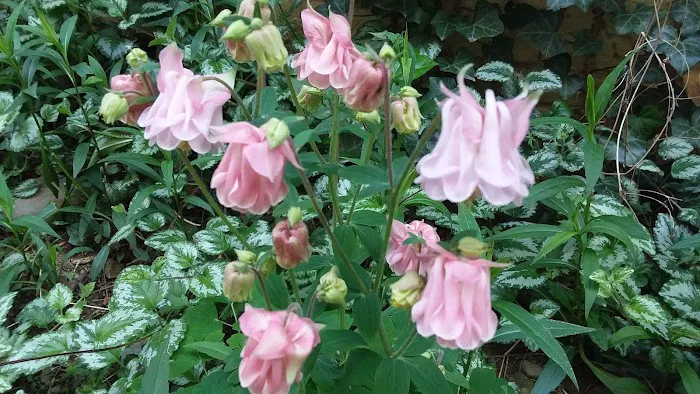
Ida B Wells Wildflower Garden Location
Ida B Wells Wildflower Garden
240 W 123rd St, New York, NY 10027, USA
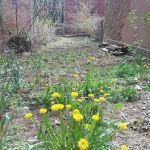 Ida B Wells Wildflower Garden
Ida B Wells Wildflower Garden240 W 123rd St
 The Harlem Flophouse
The Harlem Flophouse242 W 123rd St
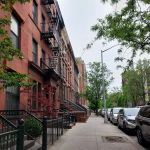 La Sienna
La Sienna241 W 123rd St
 Joseph Daniel Wilson Memorial Garden
Joseph Daniel Wilson Memorial Garden219 W 122nd St
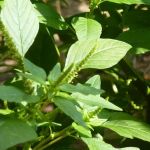 Our Little Green Acre (Garden Eight)
Our Little Green Acre (Garden Eight)277 W 122nd St #275
 Northern Lights Mansion
Northern Lights Mansion210 W 122nd St
 Aloft Harlem
Aloft Harlem2296 Frederick Douglass Blvd
 Renaissance New York Harlem Hotel
Renaissance New York Harlem Hotel233 W 125th St
 casa new york
casa new york2021 Adam Clayton Powell Jr Blvd
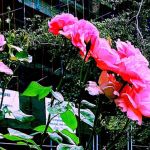 Hancock Park
Hancock Park261-267 St Nicholas Ave
 LA MAISON ARTISAN
LA MAISON ARTISAN233 W 125th St
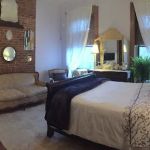 Harlem Grand
Harlem Grand343 W 122nd St
 Clayton Williams Garden
Clayton Williams Garden303 W 126th St
Ida B Wells Wildflower Garden Reviews
Area was closed when I went. 😥
Sep 20, 2022 · Matt DHello !
Sep 19, 2021 · Paula Young
More Scenic Spot
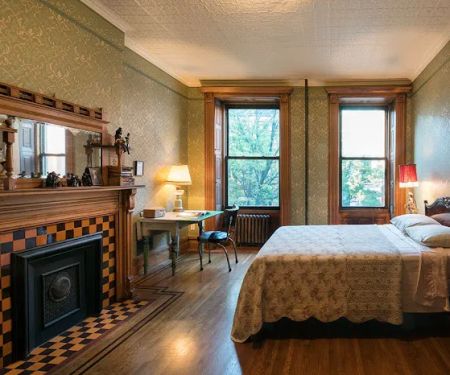 The Harlem Flophouse4.0 (124 reviews)
The Harlem Flophouse4.0 (124 reviews)242 W 123rd St, New York, NY 10027, USA
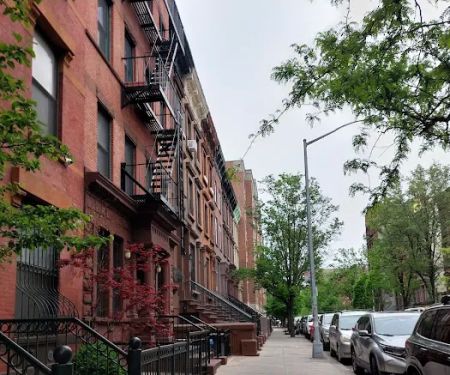 La Sienna4.0 (84 reviews)
La Sienna4.0 (84 reviews)241 W 123rd St, New York, NY 10027, USA
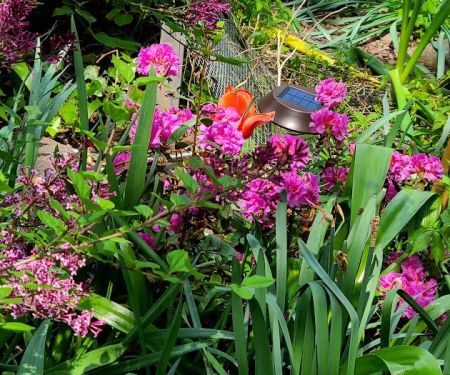 Joseph Daniel Wilson Memorial Garden4.0 (10 reviews)
Joseph Daniel Wilson Memorial Garden4.0 (10 reviews)219 W 122nd St, New York, NY 10027, USA
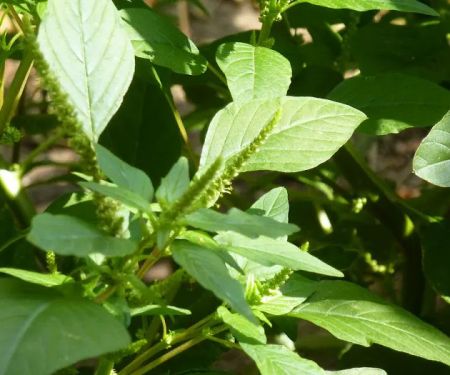 Our Little Green Acre (Garden Eight)5.0 (1 reviews)
Our Little Green Acre (Garden Eight)5.0 (1 reviews)277 W 122nd St #275, New York, NY 10027, USA
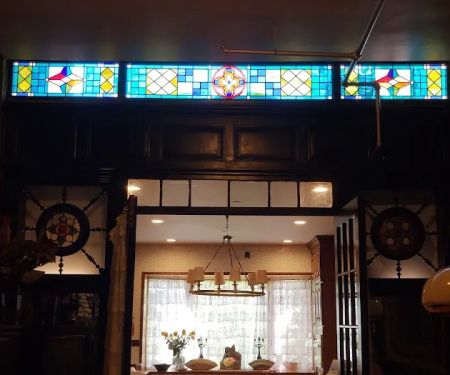 Northern Lights Mansion4.0 (43 reviews)
Northern Lights Mansion4.0 (43 reviews)210 W 122nd St, New York, NY 10027, USA
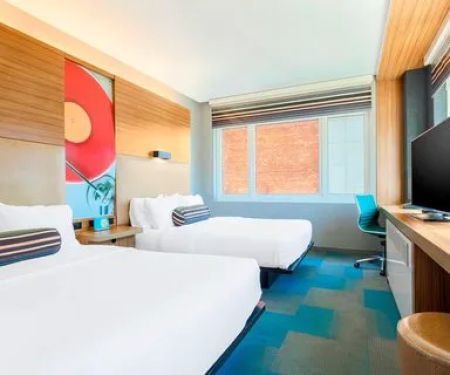 Aloft Harlem4.0 (1165 reviews)
Aloft Harlem4.0 (1165 reviews)2296 Frederick Douglass Blvd, New York, NY 10027, USA
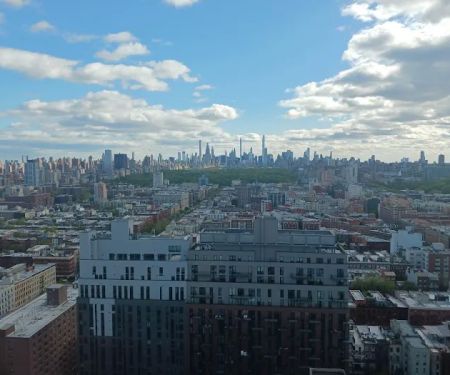 Renaissance New York Harlem Hotel3.0 (381 reviews)
Renaissance New York Harlem Hotel3.0 (381 reviews)233 W 125th St, New York, NY 10027, USA
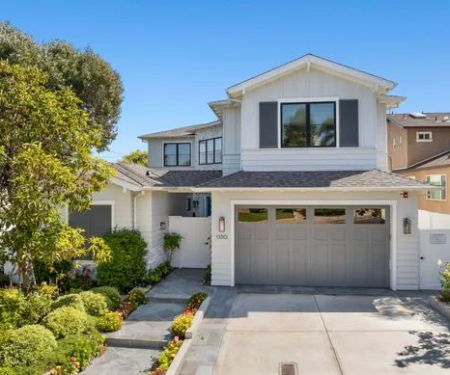 casa new york1.0 (1 reviews)
casa new york1.0 (1 reviews)2021 Adam Clayton Powell Jr Blvd, New York, NY 10027, USA
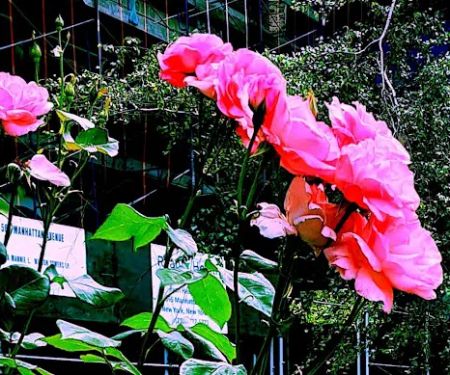 Hancock Park4.0 (44 reviews)
Hancock Park4.0 (44 reviews)261-267 St Nicholas Ave, New York, NY 10027, USA
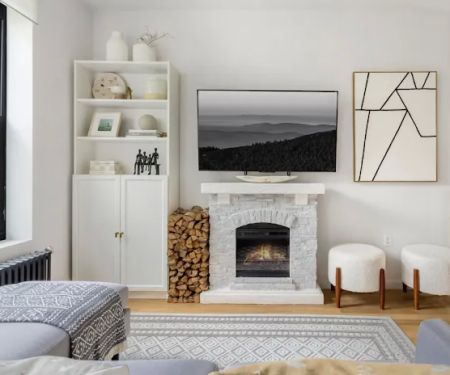 LA MAISON ARTISAN5.0 (15 reviews)
LA MAISON ARTISAN5.0 (15 reviews)233 W 125th St, New York, NY 10027, USA
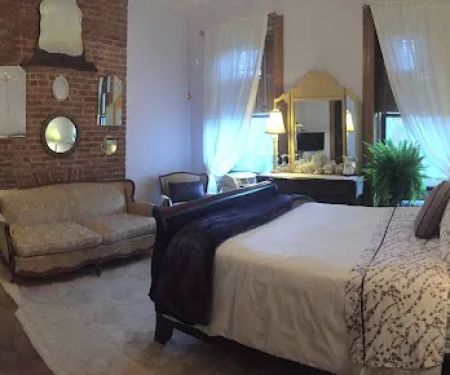 Harlem Grand4.0 (36 reviews)
Harlem Grand4.0 (36 reviews)343 W 122nd St, New York, NY 10027, USA
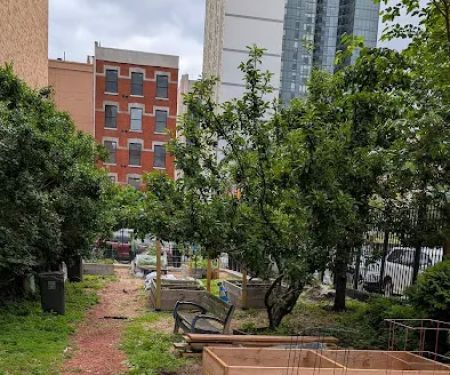 Clayton Williams Garden3.0 (3 reviews)
Clayton Williams Garden3.0 (3 reviews)303 W 126th St, New York, NY 10027, USA
Categories
Popular Camping Sites
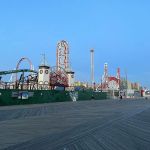 Coney Island Boardwalk Garden4.0 (75 reviews)
Coney Island Boardwalk Garden4.0 (75 reviews) The William Hotel Midtown, Sonder4.0 (555 reviews)
The William Hotel Midtown, Sonder4.0 (555 reviews)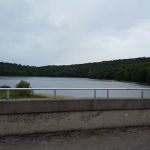 Shepard Lake Recreation Area0.0 (0 reviews)
Shepard Lake Recreation Area0.0 (0 reviews) Stairway To Heaven4.0 (185 reviews)
Stairway To Heaven4.0 (185 reviews)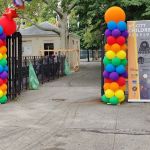 Howard Bennett Playground4.0 (152 reviews)
Howard Bennett Playground4.0 (152 reviews) Isle of Meadows4.0 (10 reviews)
Isle of Meadows4.0 (10 reviews)Trending Camping Blog Posts
 Top Group Travel Destinations in Europe: Best Places for Group Vacations
Top Group Travel Destinations in Europe: Best Places for Group Vacations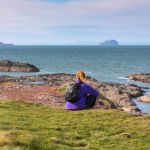 How to Get Involved in Travel Clans for Social Travel: Explore Group Travel Opportunities
How to Get Involved in Travel Clans for Social Travel: Explore Group Travel Opportunities Best Travel Clans for Sustainable Travel
Best Travel Clans for Sustainable Travel Best Group Vacation Destinations for Friends: Ultimate Travel Ideas
Best Group Vacation Destinations for Friends: Ultimate Travel Ideas Travel Clans for Solo Travelers Looking for Company: Join Unique Travel Communities
Travel Clans for Solo Travelers Looking for Company: Join Unique Travel Communities Best Travel Clans for Women Traveling Together
Best Travel Clans for Women Traveling Together 
